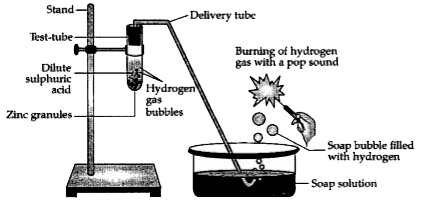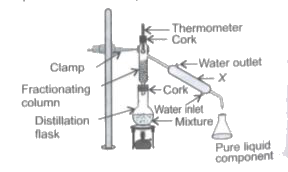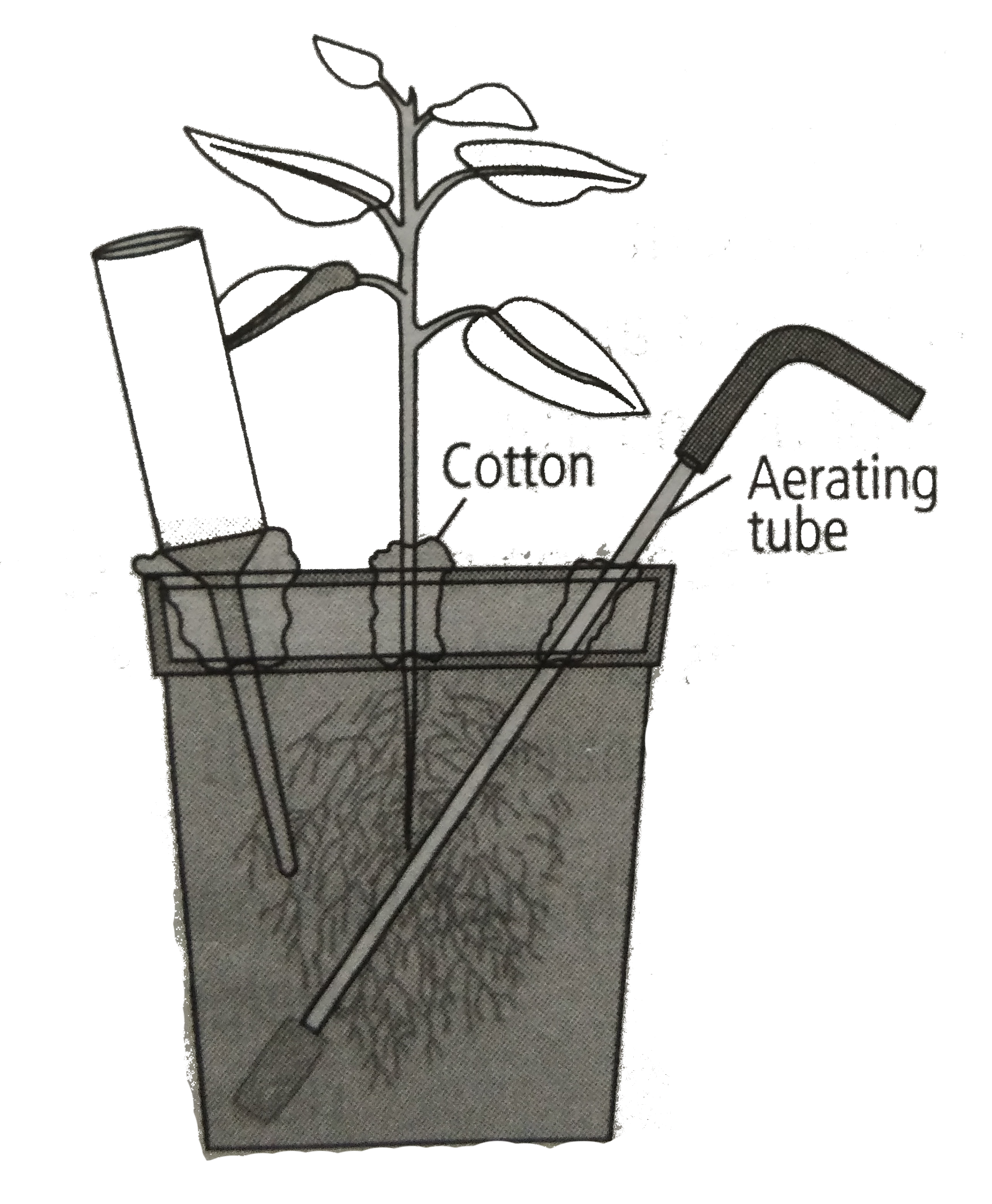
The given experimental set-up is used
to show that CO2 is required during photosynthesis
to show that O2 is evolved during photosynthesis
for nutrients solution culture
to measure growth of a plant
The correct Answer is:C
the given experimental set-up shows nutrient solution culture. in this typical solution culture technique, nutrient solution is placed in superior glass jars or polythene bottles covered with black paper (to prevent growth of algae and reaction of roots to sunlight). the jars contain split covers or corks with holes for suspending seedling, a funnel for adding solution and a bent tube for aeration, as shown in the given figure, regular aeration is required for proper growth and activities of roots.
Topper's Solved these Questions
Similar Questions
Knowledge Check
- Question 1 - Select One
Study the given experimental set-up and answer any four questions from (i) to (v) given below.
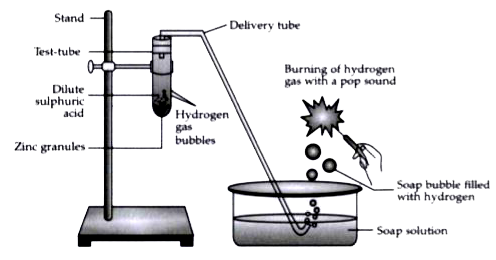
The above experimental set up shows reactions between metal and _______.AAcidBMetal carbonateCMetal hydrogen carbonateDBase - Question 2 - Select One
Study the given experimental set-up and answer any four questions from (i) to (v) given below.
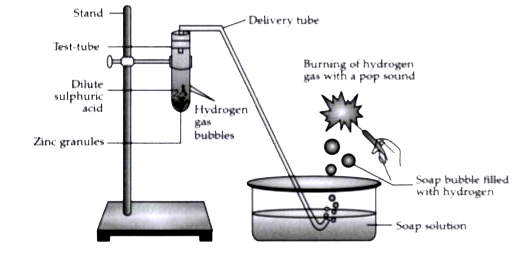
Identify the balanced chemical equation for the given reaction.AZn(l)+2H2SO40(l)→ZnSO4(s)+H2(l)BZn(s)+H2SO4(aq)→ZnSO4(aq)+H2↑⏐CZn(s)+H2SO4(aq)→ZnSO4(aq)+H2↑⏐D2Zn(aq)+2H2SO4(l)→2ZnSO4(s)+2H2(l) - Question 3 - Select One
Study the given experimental set-up and answer any four questions from (i) to (v) given below.
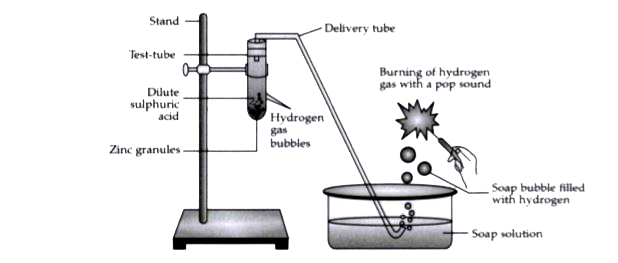
What will happen if NaOH is used in place of dil. sulphuric acid and the test tube is heated ?AIt will produce sodium sulphate and hydrogen gas.BIt will produce sodium zincate (salt) and carbon dioxide gasCIt will produce sodium sulphate and carbon dioxide gas.DIt will produce sodium zincate (salt) and hydrogen gas.
Study the given experimental set-up and answer the following questions.
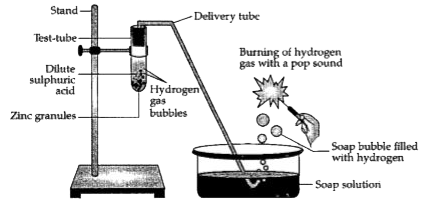
A new product sodium zincate is formed if sulphuric acid is replaced with:View SolutionStudy the given experimental set-up and answer the following questions.

Write the products formed in the above process:View SolutionStudy the given experimental set-up and answer the following questions.
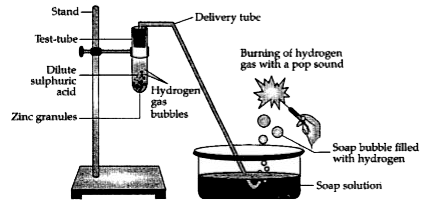
Which gas is liberated during the process?View SolutionStudy the given experimental set-up and answer any four questions from (i) to (v) given below.
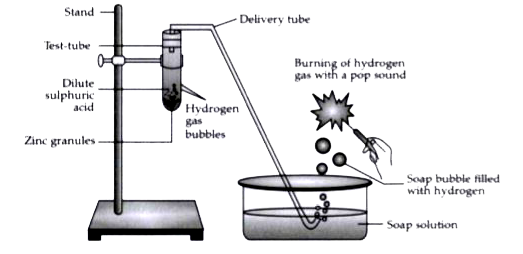
Which gas is liberated during the process ?View SolutionStudy the given experimental set-up and answer any four questions from (i) to (v) given below.

How will you test for the gas evolved ?View Solution

